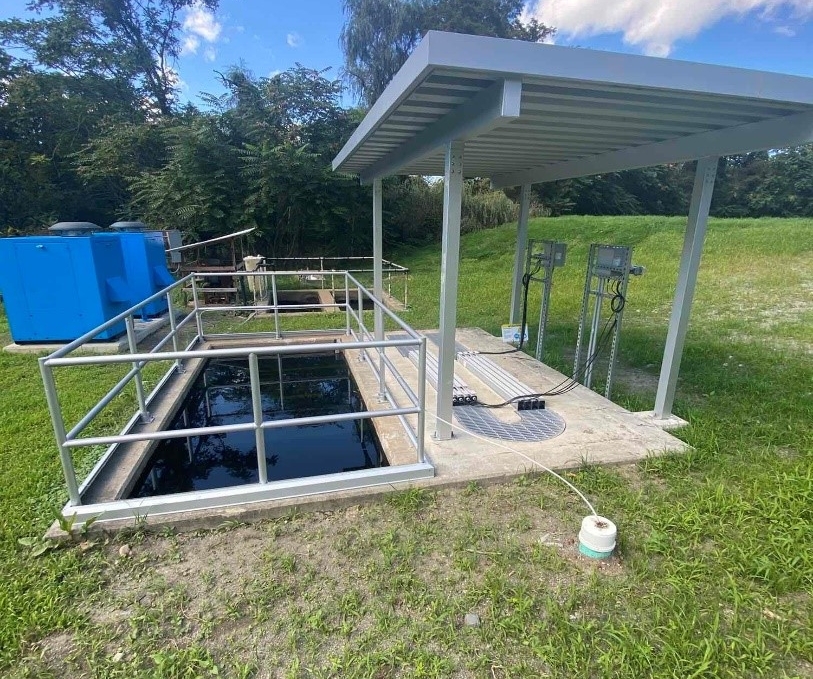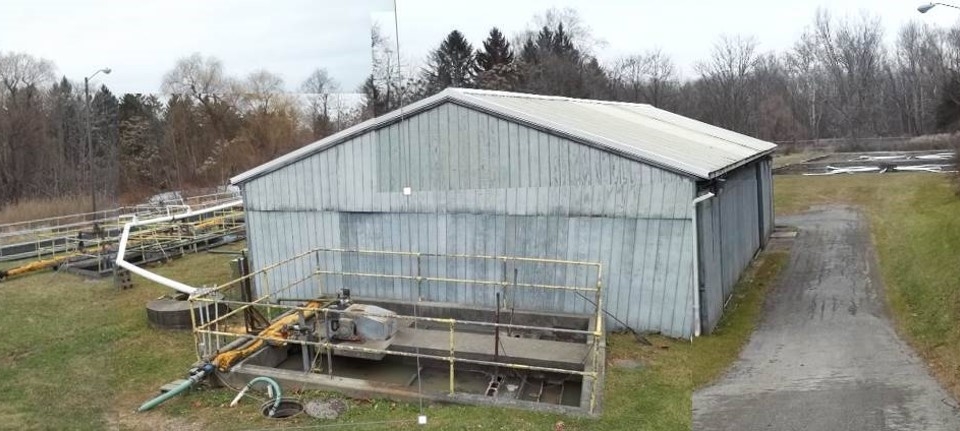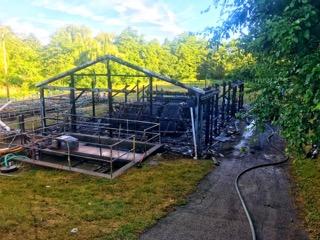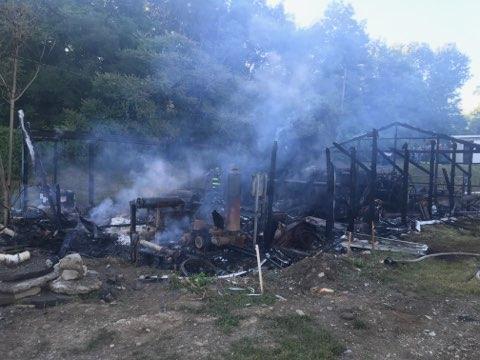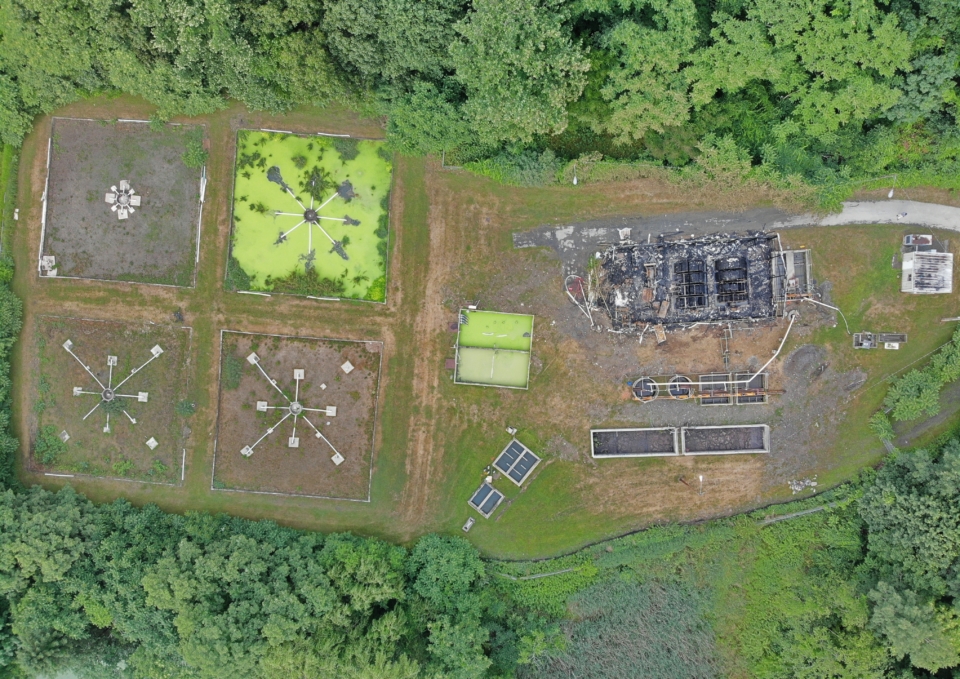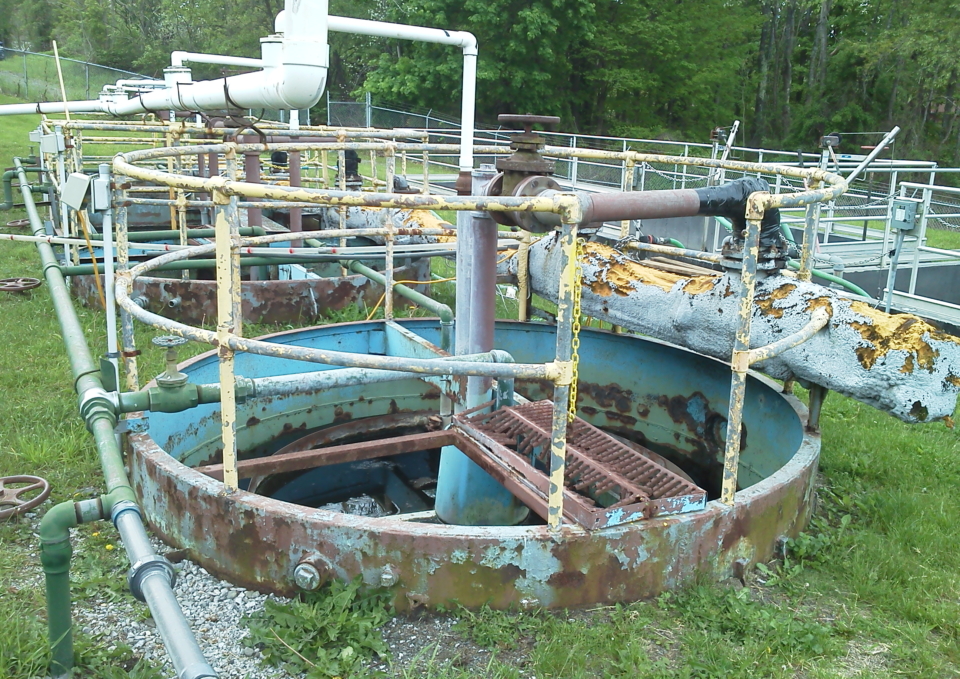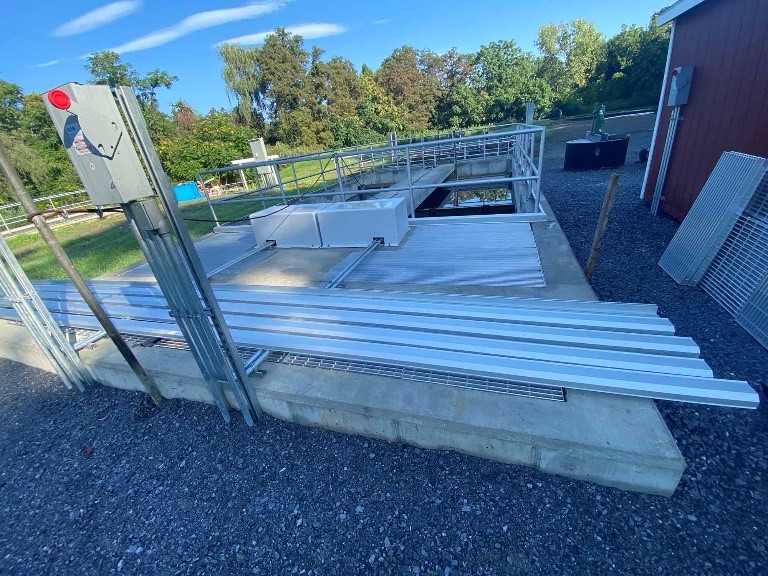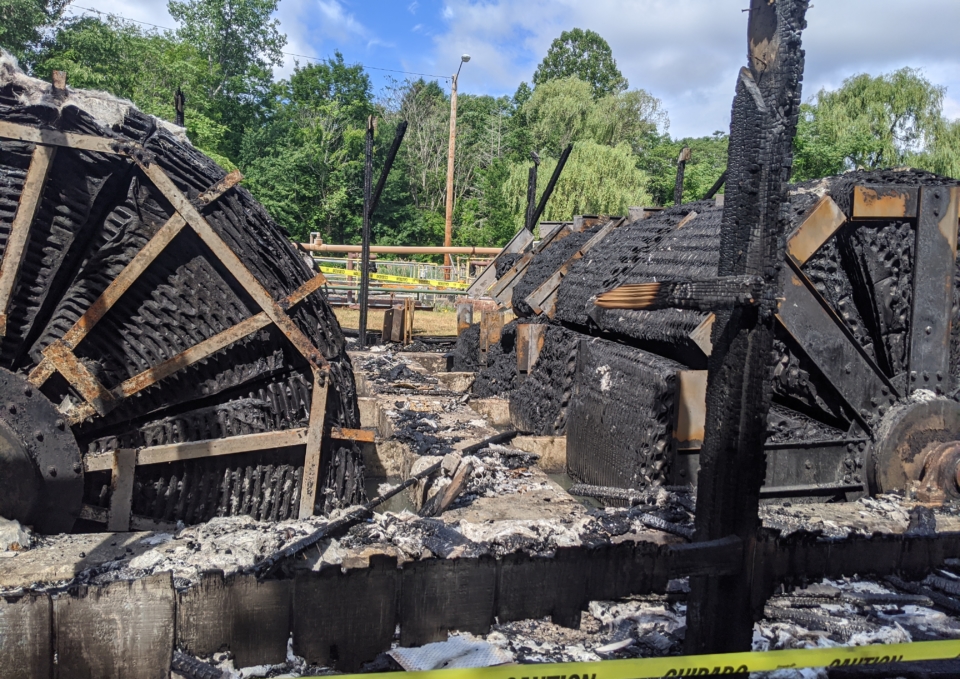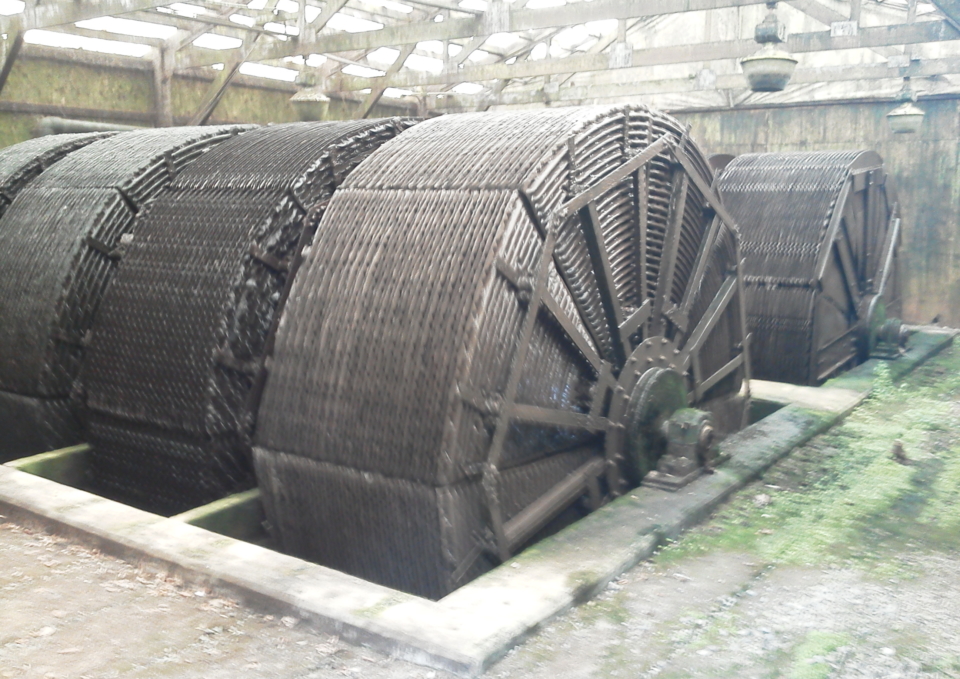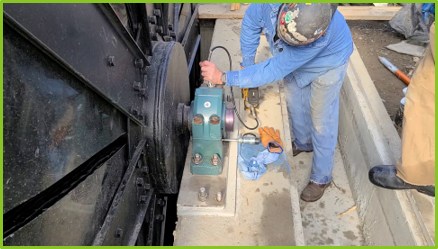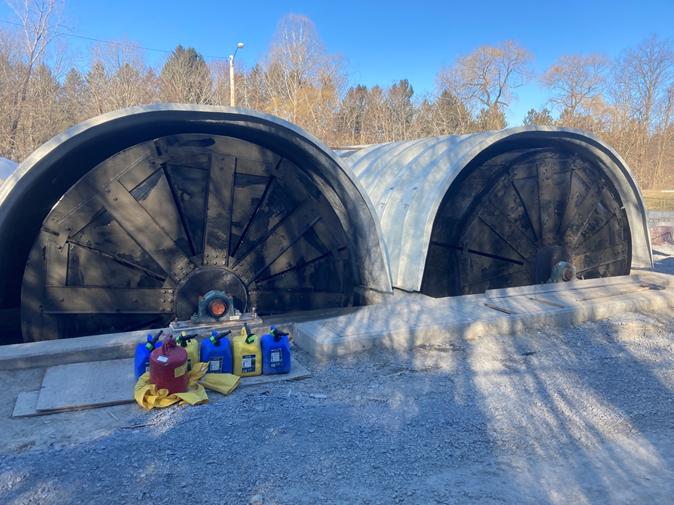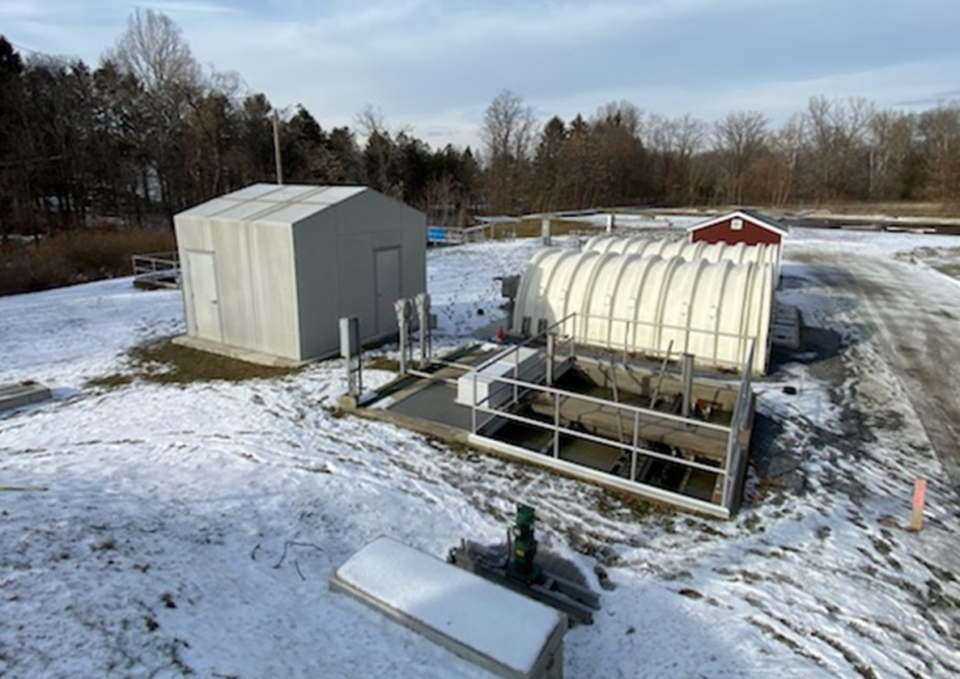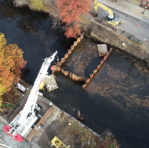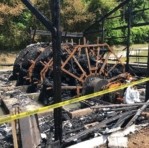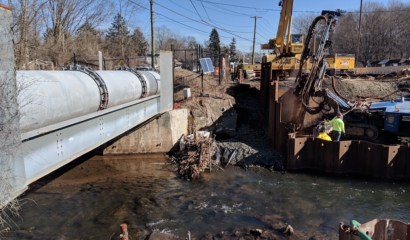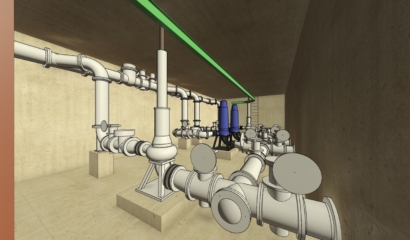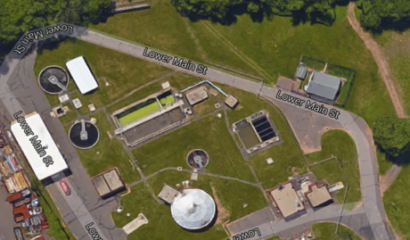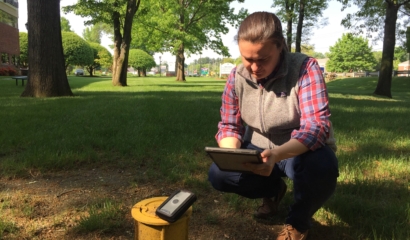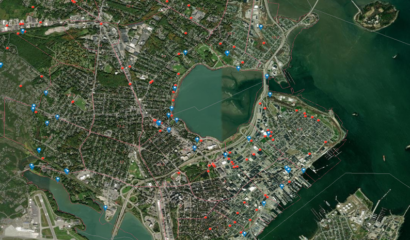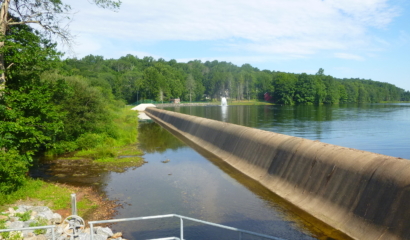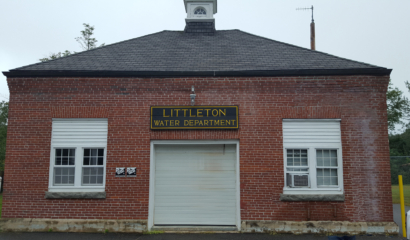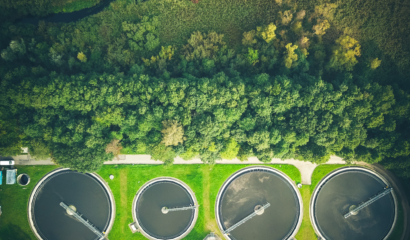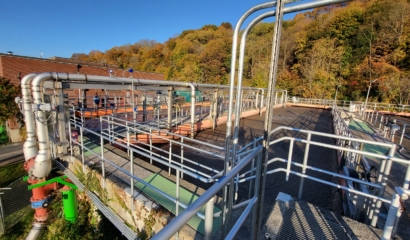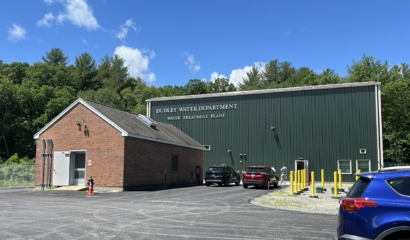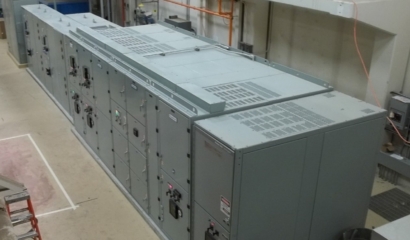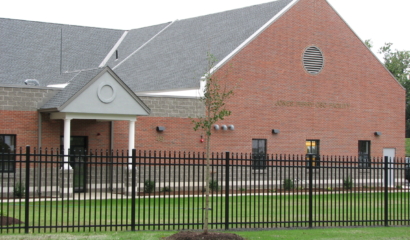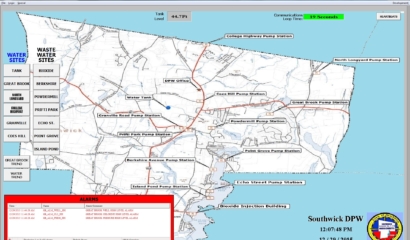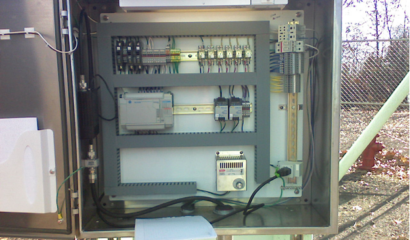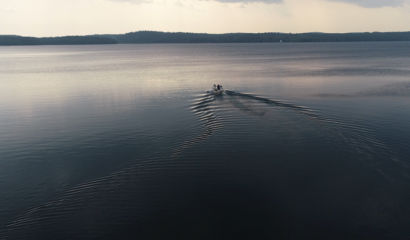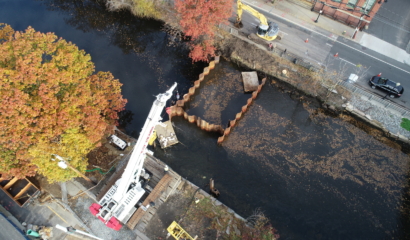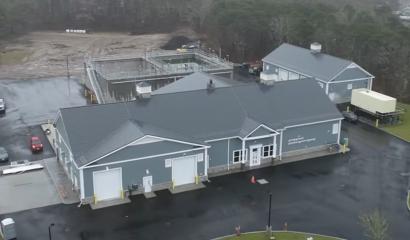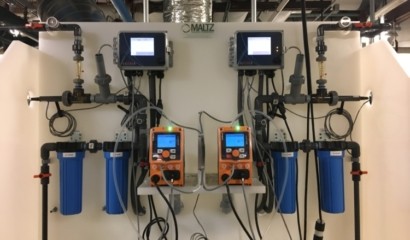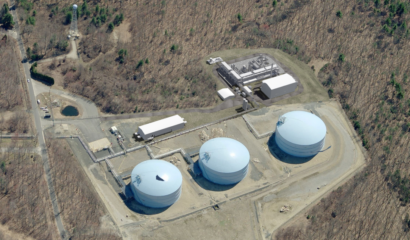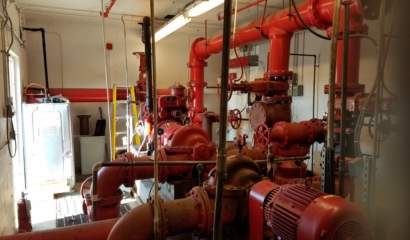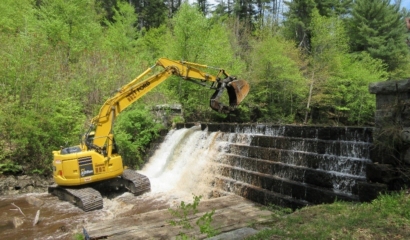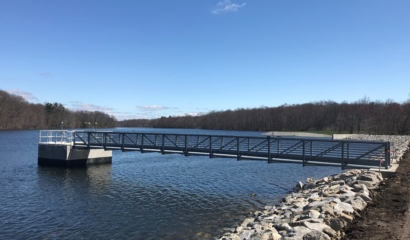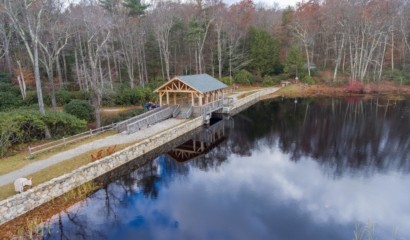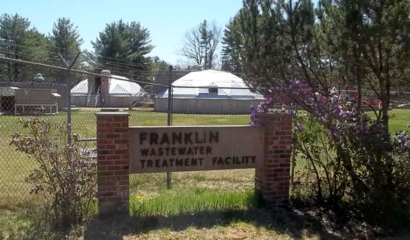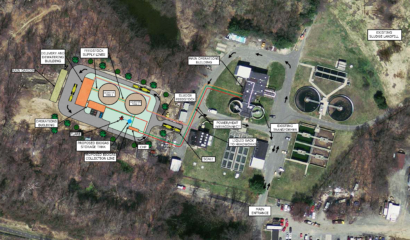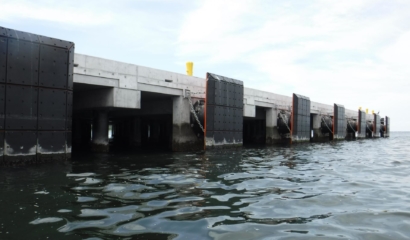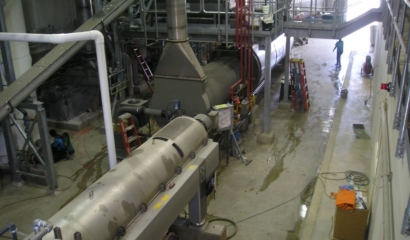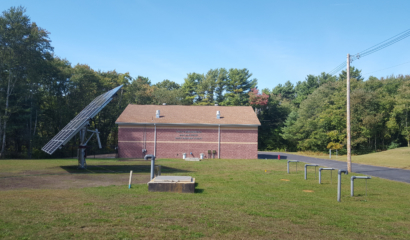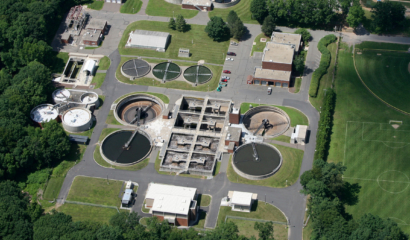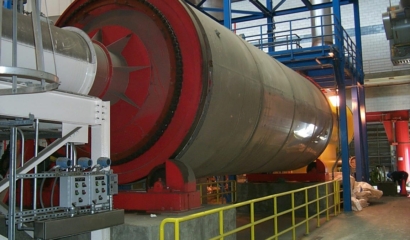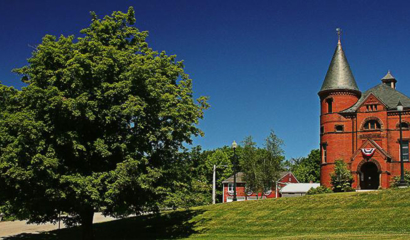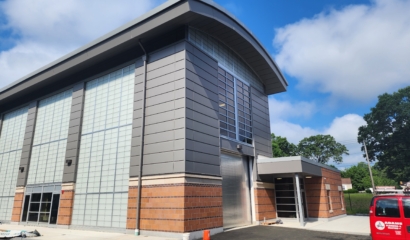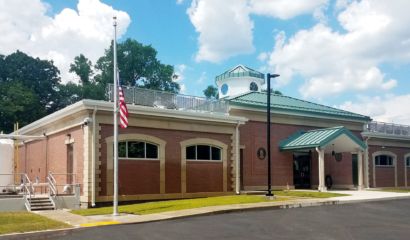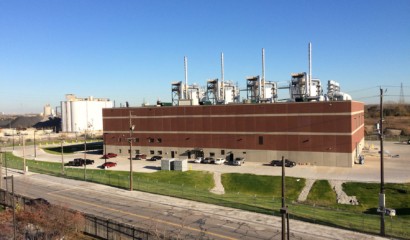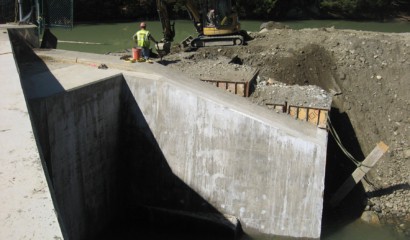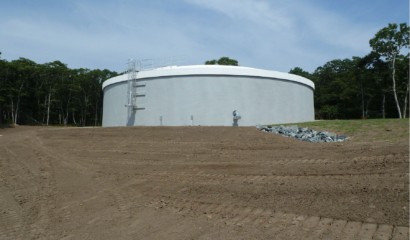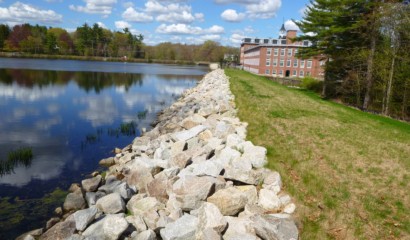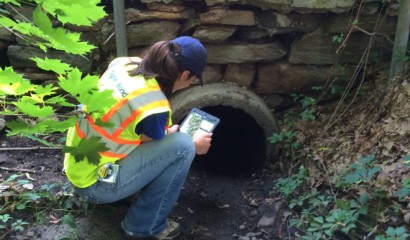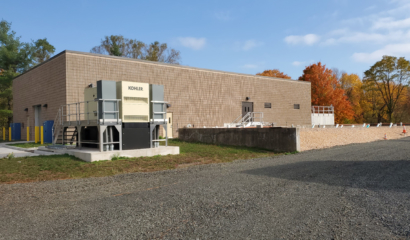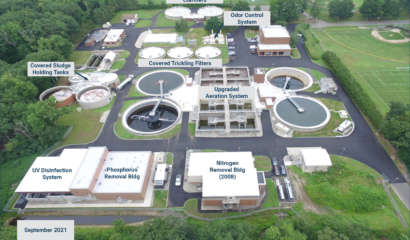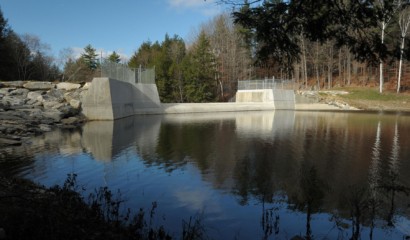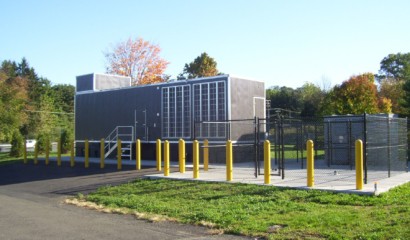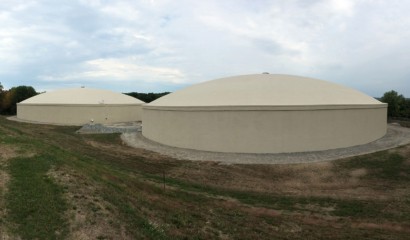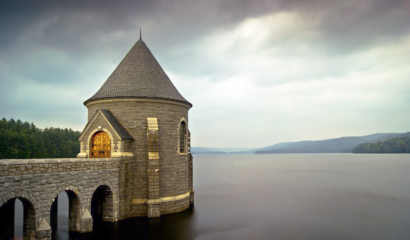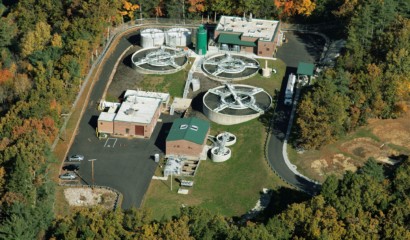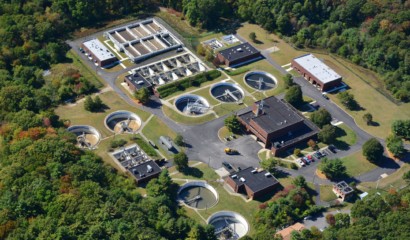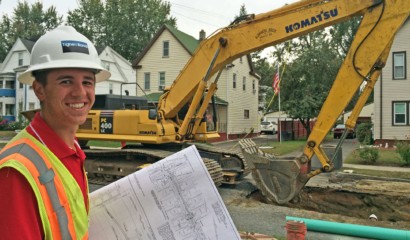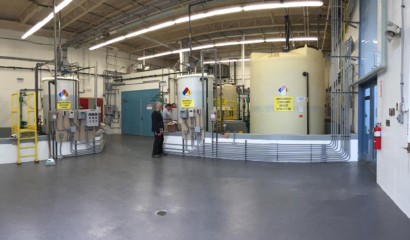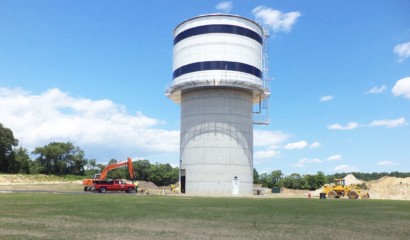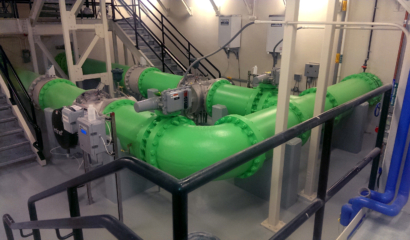The Fall and Rise of the Greenfields Wastewater Treatment Plant
The Greenfields Wastewater Treatment Plant (WWTP) is a small plant in the Town of Hyde Park, NY. The plant serves the customers of the Greenfields Sewer District. This 132,000-gallon-per-day (GPD) facility includes headworks, primary clarification, rotating biological contactors (RBC), secondary clarifiers, sand filters, chlorine contact, and post aeration.
Planning for Rehabilitation
When evaluated by Tighe & Bond in 2014, the plant was found to be generally operating in permit compliance. Still, many of its components had reached or were exceeding their intended design life. Our team also conducted a comprehensive evaluation of the Greenfields collection system. The majority of the pipes in the collection system were asbestos concrete pipes installed from 1950 to 1970. The preliminary evaluation identified significant amounts of inflow within the sewer system, and sections contained sags/dips and structural deficiencies such as cracked and broken pipes.
Using the analysis results, Tighe & Bond completed a design for the rehabilitation of the WWTP, including Bypass Influent Channel, Inflow Flow Metering, Primary Clarifier Mechanisms, Rotating Biological Contactors, Secondary Clarifiers, Sand Filter Dosing, and UV Disinfection. The collection system rehabilitation plan would also reduce peak flows at the treatment plant.
A Phoenix from The Ashes – Our Swift Emergency Response
Just days away from the contractor mobilization in June 2020, tragedy struck. A fire at the plant destroyed the RBC secondary treatment system, aeration system, and chemical disinfection system. Tighe & Bond responded immediately to prevent a human health crisis with a three-pronged approach:
- Protection of Public Health
- The restoration of sodium hypochlorite disinfection effluent dosing was the first and highest priority. We worked with Dutchess County Water and Wastewater Authority which sourced dosing pumps and sodium hypochlorite from supplies located at other facilities. Disinfection was able to be restored within hours.
- Protection of Environmental Health
- The restoration of post-aeration was the second priority. Tighe & Bond sized the replacement blower and located a local supplier to provide a blower quickly. Temporary power for the blower was coordinated through the Electrical Contractor. Post aeration was restored 28 days after the fire.
- Provide Increased Treatment
- The final stage was the restoration of the plant’s treatment capabilities. To accomplish this, a coagulant vendor representative visited the site to test different coagulants using jar testing. A coagulant type and dose were selected from the testing results. This enhanced coagulation began 21 days after the fire.
After the first steps to protect health and provide treatment, the focus accelerated on the successful approval, delivery, installation, and startup of the new RBC units by January 2021.
Services Snapshot
Our services included emergency fire response, a collection system rehabilitation plan, designing secondary clarifiers, a UV disinfection system, rotating biological contactors, and inflow and infiltration.


